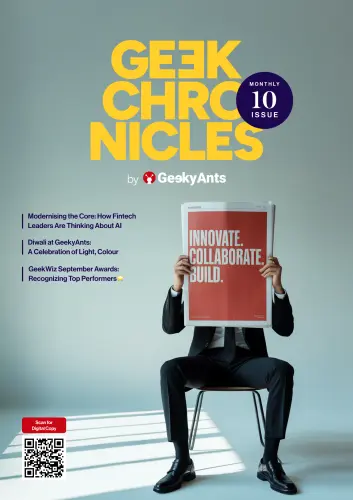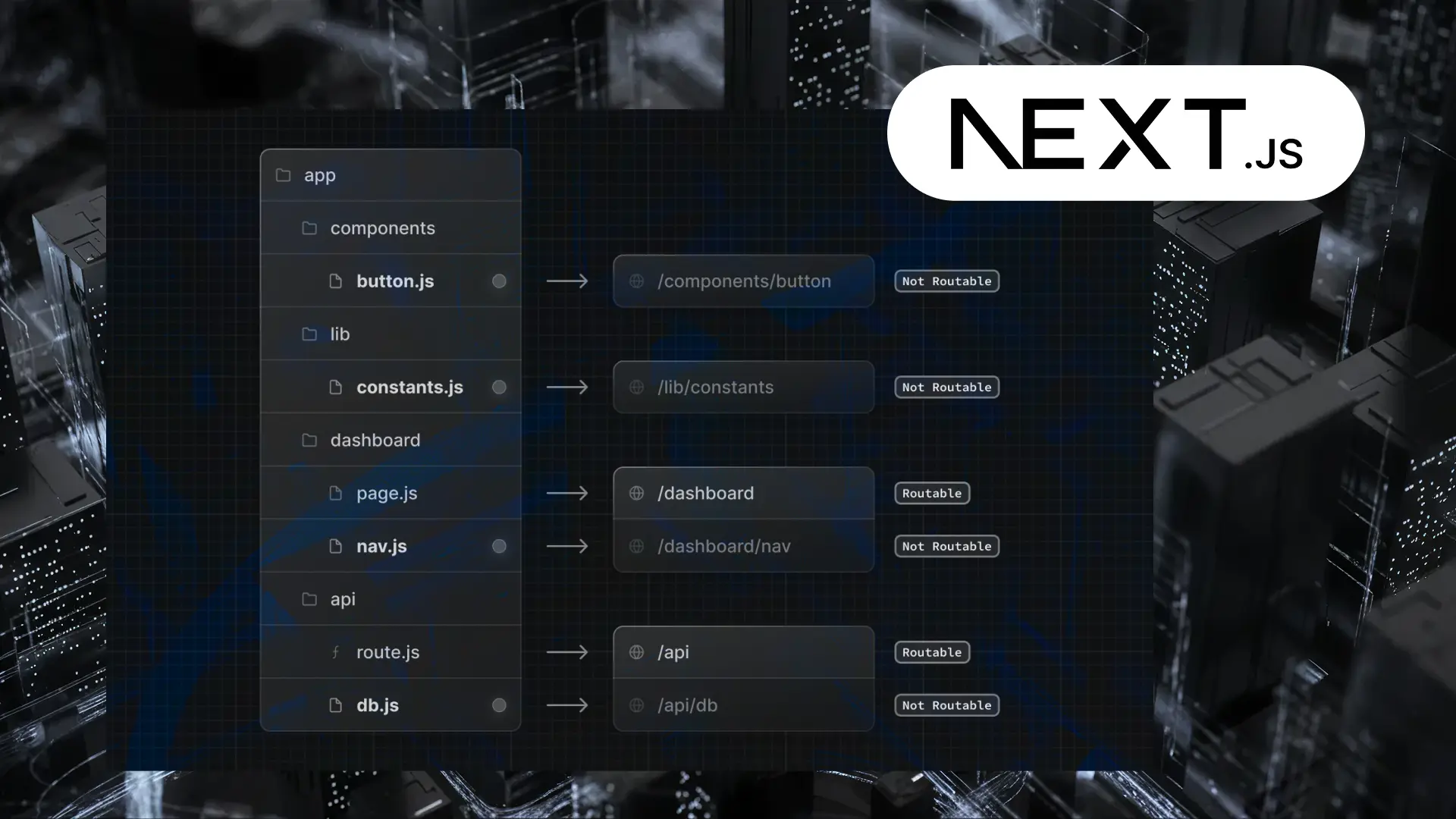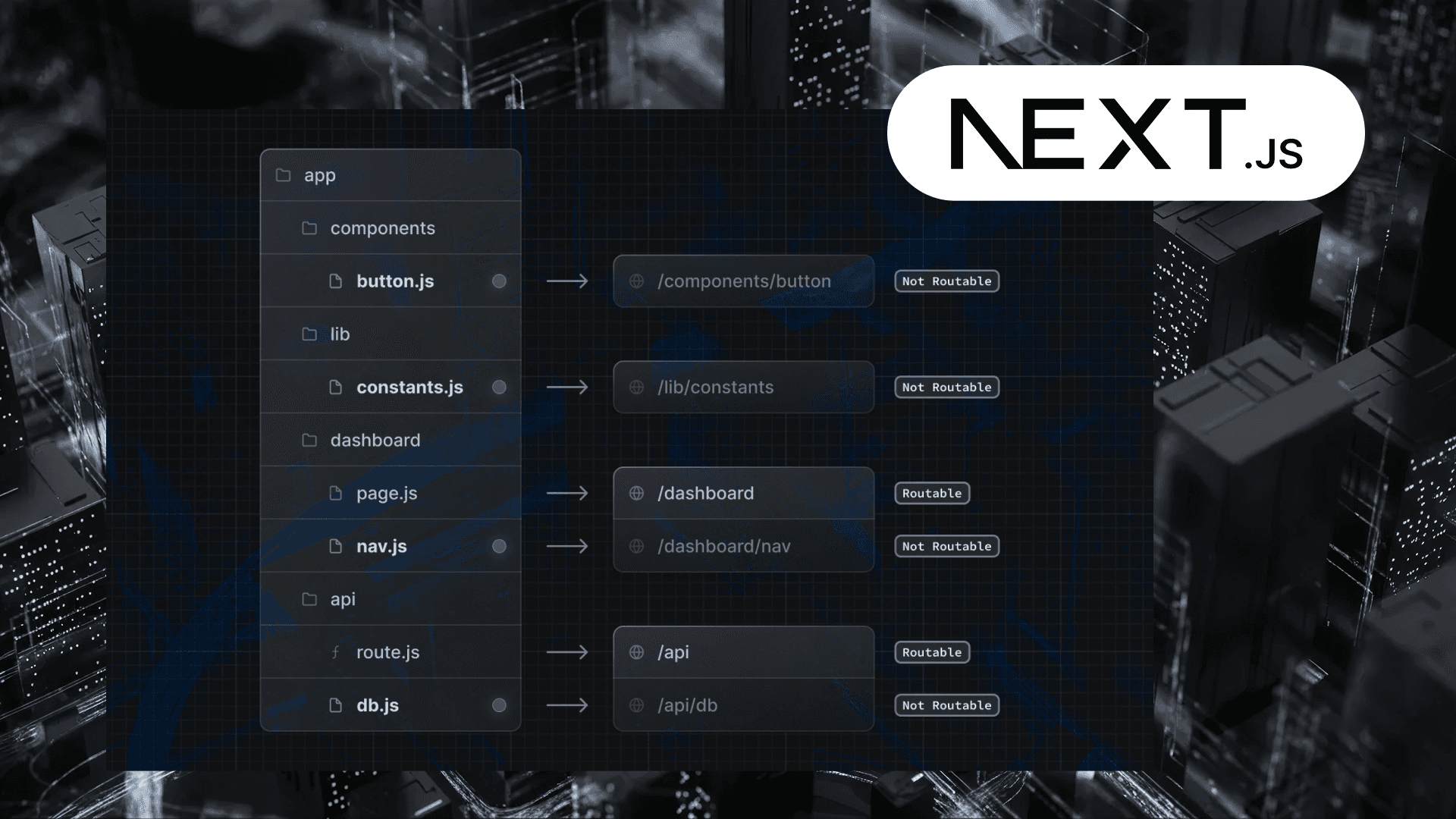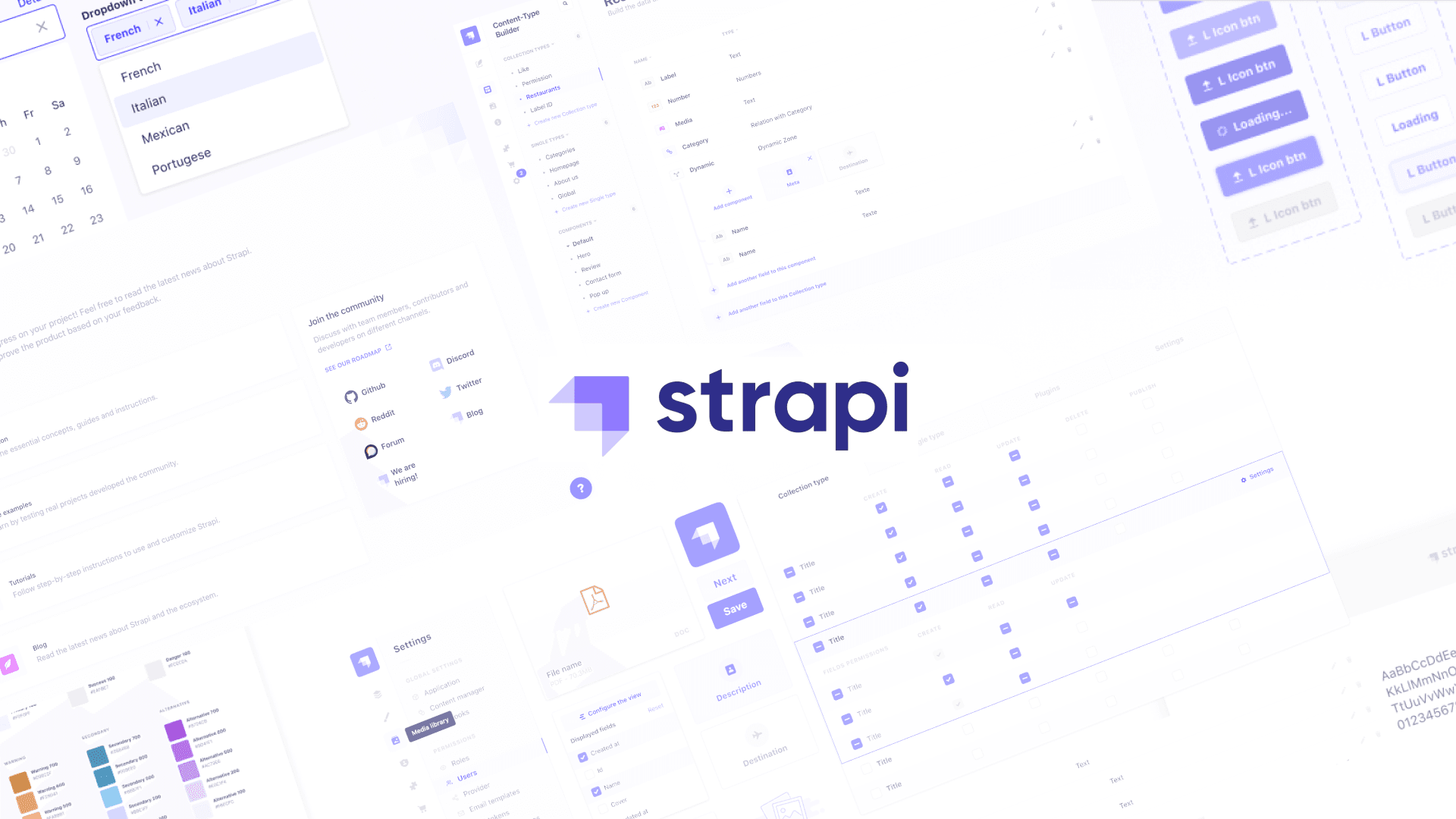Table of Contents
UX without data: Turning assumptions into results
Author

Date

Book a call
- No analytics dashboards to show where users were dropping off.
- No conversion reports to highlight which touchpoints were weak.
- No customer feedback or user insights to guide next steps.
The challenge became clear: How do you design confidently when you’re flying blind?

Step 1: Steal Like a Designer from Competitors
- Structured their pricing tiers.
- Explained complex steps like KYC.
- Simplified checkout flows to reduce drop-offs.

Framework for Fast Competitor Audits
- Value Communication - How clearly do competitors explain why their product is worth choosing? Look at messaging, headlines, and the clarity of benefits vs. features.
- Flow Efficiency - Which steps in their user journey feel smooth, and where do they introduce friction? Pay attention to navigation, checkout, or sign-up flows.
- Trust Signals - What credibility markers do they use? Examples include testimonials, certifications, social proof, guarantees, or partnerships.
Step 2: Assume With Caution
- Overloaded information.
- Disconnected navigation.
- Weak value proposition.
- Mobile-unfriendly design.
- Redundant steps during plan selection.

3-Step Assumption Validation:
- List Assumptions - Write down every belief about user behavior or product experience (e.g., “Users find the pricing page confusing”).
- Identify Falsifiers - Ask: What evidence would prove this wrong? This could be competitor patterns, expert input, or even quick heuristic evaluations.
- Cross-Validate with Stakeholders - Share assumptions with product, design, engineering, and marketing teams to see if they align with business realities and technical constraints.
Step 3: Sketch Fast. Fail Faster
- Create a seamless path from discovery to purchase.
- Pre-empt common points of confusion.
- Make plan comparison effortless.
- Support SEO-first content without sacrificing UX.

Example Fixes:
- Simplifying Choices - Condense multiple similar options into fewer, clearer ones to reduce decision fatigue.
- Highlighting Value Propositions - Use bullet-style copy or visual hierarchy to make benefits scannable at a glance.
- Clarifying Complex Steps - Surface explanations (like KYC or verification requirements) early in the journey instead of surprising users mid-flow.
Step 4: Mapping the Full Journey
- Before Purchase – Activities such as discovery, education, and trust-building.
- During Purchase – The process of selecting a plan, completing checkout, or verifying identity.
- After Purchase – Onboarding, confirmation, and ongoing support.

Each stage has its own intent, friction points, and opportunities. For example:
- Before purchase: Users may struggle to understand value. Adding clear messaging or social proof can build trust.
- During purchase: Long or confusing steps can cause drop-offs. Streamlining forms or guiding users step by step reduces friction.
- After purchase: A lack of support can leave users disengaged. Confirmation emails, tutorials, or help options can improve retention.
What Could Be Done With More Time:
When timelines are tight, teams often have to rely on proxies instead of direct data. However, with more breathing room, additional methods can strengthen decision-making:
- Analytics Tools - Tracking real user journeys to uncover where drop-offs happen.
- User Surveys - Running lightweight surveys to capture direct feedback.
- Behavioral Insights - Using tools like scroll maps or click tracking to visualize interaction patterns.
Collaboration Was Everything:
In the absence of hard data, collaboration becomes the most powerful validation layer. Involving multiple functions ensures blind spots are minimized:
- Design - User flow and usability.
- Product - Alignment with strategy and goals.
- Marketing & SEO - Messaging consistency and visibility.
- Content - Clarity and tone of communication.
- Engineering - Feasibility under constraints.
- Business Analysis - Impact on key metrics.

Each team brings a unique lens, and together they create a stronger, more balanced solution than design alone.
Outcomes to Aim For:
Even without baseline data, a structured, collaborative approach can drive measurable improvements, such as:
- Higher conversion or lead generation rates.
- Increased product adoption or feature usage.
- Positive qualitative feedback from customers.
- Reduced friction in critical flows like checkout or verification.

The key is not perfection, but fast, informed decision-making supported by trust and alignment across teams.
Key Takeaways:
- No data? Use competitor benchmarks as directional proxies.
- Turn assumptions into testable hypotheses, not unchallenged truths.
- Rapid wireframes beat endless debates. Sketch, align, iterate.
- Always map the full journey to catch friction points across touchpoints.
- Collaboration can validate faster than analytics when time is short.
Dive deep into our research and insights. In our articles and blogs, we explore topics on design, how it relates to development, and impact of various trends to businesses.





